No matter what era of Club 77 is closest to your heart, the experience has always started with a descent. Through the nondescript doors at 77 William Street, roughly halfway between grimy Kings Cross and the buttoned-up CBD, you take the stairs down into a sealed-off, nocturnal world.
The club’s layout has changed several times over 25-plus years, but its essence remains intact: a dark, subterranean room with an enveloping sound system and a pleasing stickiness underfoot. Regulars over the years know the quirks of the toilet cubicles and the feeling of the air-con failing on a summer night. It’s all part of what makes Club 77 the rarest of things in Sydney: a true underground club that has stood the test of time.
A lot of Sydney dance music history has happened between the walls of Club 77. In some ways, it has always been an outlier, removed from the rabble of the Cross on a stretch of William Street occupied by showrooms, offices, no-frills pubs and, importantly, a late-night convenience store. Through changes in management and the comings and goings of club nights, DJs and diehard regulars - not to mention the lockdowns and crackdowns baked into Sydney nightlife - the institution affectionately known as Sevs is still standing. In a town where pubs moonlight as clubs and flashy festival posters dominate telegraph poles, its endurance is a remarkable thing.
This is the story of three distinct eras at 77 William Street, as told by the DJs who’ve gone up and down those stairs more than most.
.jpeg)
If you pay close attention to the music video for Sydney electronic duo B(if)tek’s ‘We Think You’re Dishy’, you’ll see Club 77 in its infancy. Kate Crawford and Nicole Skeltys shot the video in 1995 at Club Kooky, the queer Sunday night mainstay led by DJs Gemma and Seymour Butz. Dressed in futuristic jumpsuits, the duo float around as the mad scientists you wouldn’t want to meet at 3 am. It’s all perfectly ‘90s, capturing a moment of creative exhilaration in Sydney.
As chronicled in Jim Poe’s excellent oral history of the Sydney rave scene from 1989 to 1994, the city was still evolving from the Hordern Pavilion ‘RAT’ parties and underground raves defined by two-tone flyers and 0055 numbers. As weekly club nights proliferated across the city, 77 William Street was synonymous with Club Kooky, a place where free expression and underground music met.
One DJ there from the start was Phil Smart, who remembers the address in its previous incarnation as the All Night Boogie Dance Café. Together with his friend Sugar Ray, Smart took over Friday nights at the club with Jus Right, whose flyers promised a ‘Not Too Heavy, Not Too Light’ music policy. Jus Right then evolved into Tweekin’, which delivered ‘Funky Beats For Music Freaks’ every Friday until April 2001. For under ten bucks, you could hear the best in house and breaks from residents Smart, Ray and Ken Cloud, plus the occasional special guest. Spilling out onto the street at sunrise, the weekend was still young.
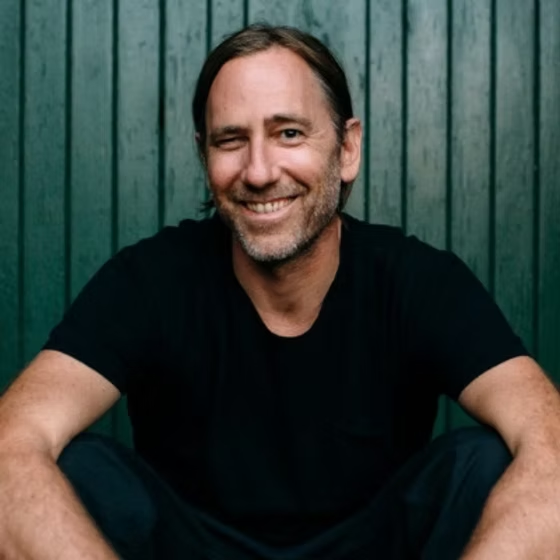
Phil Smart (Tweekin’ co-founder):
Pre-Tweekin’, we did Jus Right, which evolved into Tweekin’. Once it was [named] Club 77, it became the club for our scene. We were thinking of buying it at one stage, but ended up not doing it, as this was the time of the Place of Public Entertainment (POPE) licences. Licensing was a bit sketchy. At the door they used to ask you, ‘Do you intend to dine?’ That was a loophole to get around having a club in a space with a restaurant licence. That was what you had to navigate in Sydney at the time.
Around when Tweekin’ arrived, it became a rattier ‘club club’, and we loved it. It was just one of those places. The street and the alleys around were always a bit dodgy, and you had the prostitutes up the road, but that suited us. That was our vibe, coming from throwing parties in condemned buildings. Once the rave scene had morphed into faster, harder [sounds] and mostly Aussie people going, rather than the original English underground people, a post-rave club scene evolved. Ray had his shop [Reachin' Records] and Tweekin’ was just an evolution of what we were always doing. I always loved Friday nights, because it was people releasing the energy from the week. Saturdays you always had the big parties, so Fridays were perfect for a club night.
Club Kooky was our main place to hang on a Sunday night. You’d be there all Friday at Tweekin’, a Saturday night party, then back to 77 for Kooky on a Sunday night. It was crazy, diverse, and more like the Sydney that I grew up in, with the gay scene and straight scene mixing.
"At the door they used to ask you, ‘Do you intend to dine?’ That was a loophole to get around having a club in a space with a restaurant licence. That was what you had to navigate in Sydney at the time."
Back in the day, if you walked down the stairs, the booth was over to the left in the corner. Then we put it in the centre, which is where we wanted it. You had the pillars, and the air conditioning was always broken, and on the big nights it would rain sweat from the roof. One of the other cool things about 77 was the couch behind [the decks]. At the time you could smoke in the club. Often our friend Roger was the lighting person, and that was always a thing, having someone on the lights. It was just a vibe.
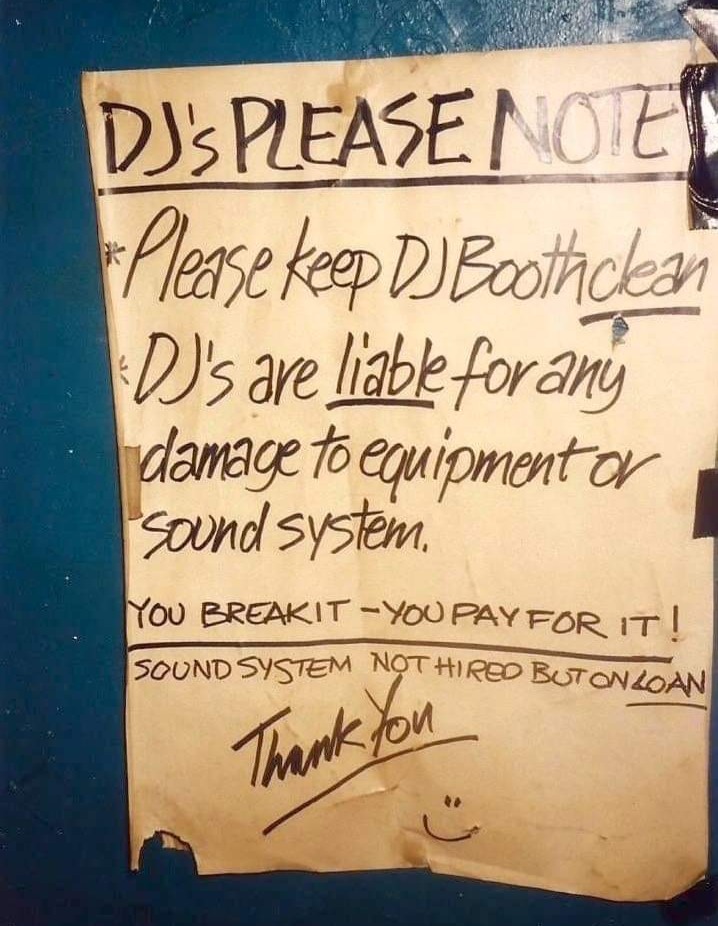
The Tweekin’ sound was eclectic, with a big house and breaks influence. We went through to five or six am, and my favourite slot to play was closing. That’s for the true believers, and you can play the weird, cutting edge music, because they weren’t going anywhere. Guys like Adam Freeland, Rennie Pilgrem, FreQ Nasty and John Digweed wanted to play there, so if they could, they would come.
Sydney had been pretentious through the ‘80s. You had to be cool and wear the right clothes to get into the club. 77 was never like that. The sound system was like a car held together with a bit of gaffer tape and wire, but it worked. The decor wasn’t flash, and it was stripped back and simple. It didn’t matter what you wore and girls weren’t hassled on the dancefloor. People say that clubs are truly about the music, but Tweekin’ really was that.

Barney Kato (Sydney DJ, promoter and Club 77 regular):
I first went to 77 on the New Year’s Eve of 1999 into 2000. It was a funk party called Get Down. That’s how I spent my New Year’s Eve at the turn of the millennium - not very The Matrix. I remember there being a lot of arches in there I don’t remember seeing again. A few years later, I was there pretty much every weekend…
.png)
Ask most people about their formative experiences of Club 77, and they’ll fall somewhere in the hazy zone between 2000 and 2010.
In this decade, the club welcomed the Bang Gang crew fresh from its notorious residency at Moulin Rouge in the Cross. Ajax, Gus Da Hoodrat, Jaime Doom, DJ Damage and Dangerous Dan took over the space every Friday night, trailed by a gaggle of wide-eyed devotees. Thanks to the international success of acts like Cut Copy, The Presets and Riot In Belgium (aka Bang Gang’s own Beni Single/DJ Damage), Australia’s indie-dance and electro scene was on fire, with the Bang Gang DJs as its hedonistic cheerleaders.
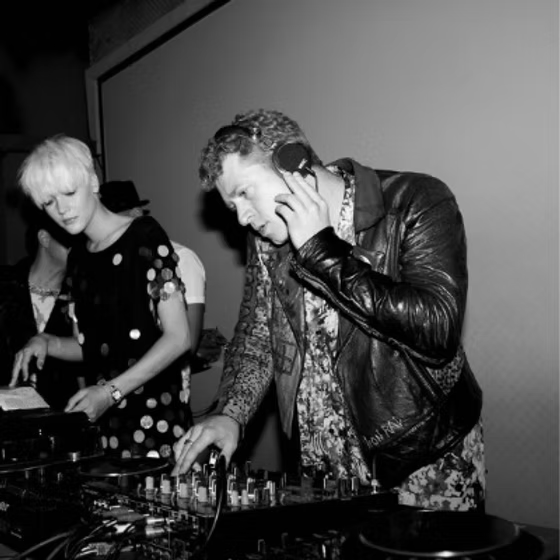
In 2006, a new anything-goes party called Starfvckers claimed Saturday nights, led by resident DJs Hookie and Disorder. Between Bang Gang on Fridays and Starfvckers on Saturdays, queues snaked along William Street every weekend. With club culture at a giddy high in Sydney, and lockouts nowhere to be seen, Sevs scratched the itch for grimy all-nighters.
Dan Single (aka Dangerous Dan, Bang Gang co-founder):
Moulin Rouge was where we found our groove and our sound. When we moved to 77, we’d already started touring to Melbourne and doing stages at festivals, so we were more of a ‘thing’ then.
Hookie (Starfvckers co-founder):
Disorder and I actually both had a mutual friend who used to run the Saturday night parties at Club 77. It was an indie-rock night called Gimme Gimme Gimme.
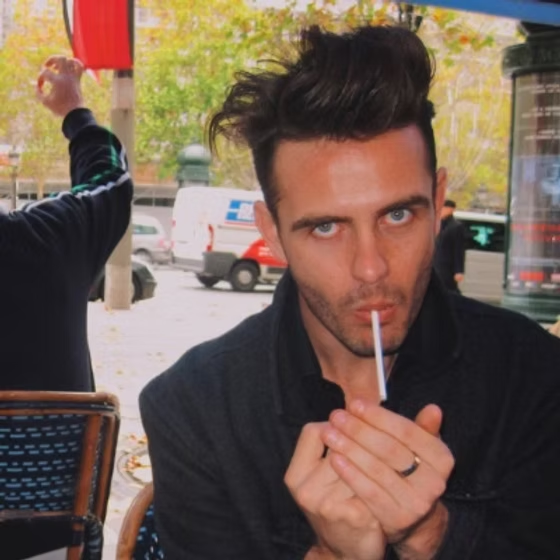
Disorder (Starfvckers co-founder):
It quickly became our second home during that period. Many Fridays were spent at Bang Gang. For the most part, this was during their time at Moulin Rouge, however their stint at 77 did overlap with Gimme Gimme Gimme on Saturday nights, and then Starfvckers. It was a good time to be alive, and at 77. We respected what [Bang Gang] created and soon became friends.
Hookie:
Although Starfvckers as a party was different: different crowd, different music and kind of a melange of various ideals that we both shared about what a great clubbing experience would be like. With Starfvckers, we always wanted to create something that was our own, featuring our group of friends, our way of running parties and our music. I think the two complemented each other in the end.
Kato:
I have very fond memories of going to Bang Gang at 77. They used to have a four-poster bed in the middle of the dancefloor.
"In 2006, a new anything-goes party called Starfvckers claimed Saturday nights, led by resident DJs Hookie and Disorder. Between Bang Gang on Fridays and Starfvckers on Saturdays, queues snaked along William Street every weekend."
Phil Smart:
Before Bang Gang, Ajax was a big fill-in guy for us at Tweekin’. He was the fourth resident, and everyone loved him. To be honest, I was always a bit scared going off to America knowing Ajax would be playing my slots, because he was a weapon. A couple of times he’d come down to Tweekin’ in a dress and play. I remember his energy, his positivity, his eclecticism, his technical ability, his cheekiness, and the fact that he left a fucking shit mess of records in the booth behind him! I’d be like, ‘Dude, you’ve got to look after your records better!’ He’d be slamming down records and it’d be a shitfight of records out of their covers behind the booth.
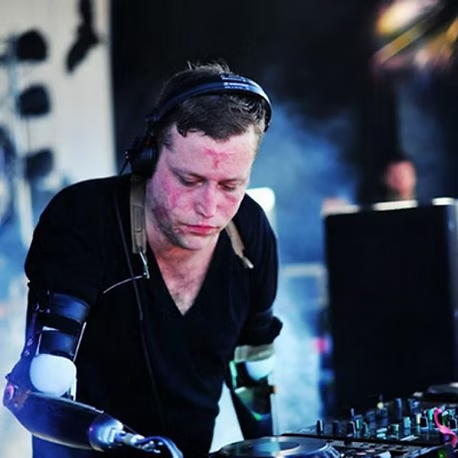
Hookie:
We both had a habit of hanging around in pretty dingy nightclubs. As that was usually where the best music was found, for some inexplicable reason. There were a few different places that we would often go to around Sydney; but Club 77 had a particular reputation and a particular vibe to it. I think for both of us, most of the standout memories of the early years of Starfvckers would have been the theme raves we threw. We tended to have a good knack for coming up with ideas for themes, decorations, outfits and artwork. Masquerave; First Aid Rave; Grave Rave; Pardi Gras...they were all unique brands in and of themselves.
Kato:
We [residents Kato, Spruce Lee and Dan de Caires] moved our Bandits party to 77 from Phoenix Bar, and did it for about a year. I have a strong memory of doing a party there with Cut Copy DJing, and the police came to shut it down for 15 minutes. Then Cut Copy played N.W.A.’s ‘Fuck Tha Police’ as the cops were walking out. I don’t think Cut Copy would’ve played that one many times before or after.
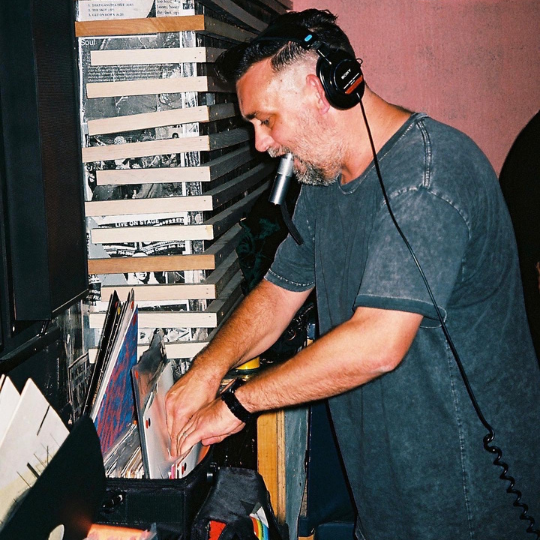
Dave Stuart [Sydney DJ and Something Else co-founder]:
I first discovered 77 some time in the early to mid 2000s, when electro house was the thing in Sydney and Bang Gang was the party to go to. From my rather hazy memory, we walked down those infamous stairs into Sevs to be greeted by a rather lewd act being performed by a couple on the pool table, and Hookie DJing. It was a pretty bizarre night and an eye-opener to how fun Sydney could be.
Dan Single:
At the last-ever Bang Gang, we had to get a barrier to stop people falling down the stairs, and made a human wall. We DJed for the night and played heaps of techno, then dropped Gnarls Barkley’s ‘Crazy’. We got to our last song, and Gus and I had decided what it would be. I had decided on ‘Neverending Story’ by Giorgio Moroder. It was time to finish, and the lights came on. We both scrambled for our CD wallets, and I managed to cue it up first. There were kids crying. We were all hugging, pashing Ajax, and people were asking, ‘Why are you finishing?’ That was a beautiful chapter in my life.
"At the last-ever Bang Gang, we had to get a barrier to stop people falling down the stairs, and made a human wall."
Disorder:
Sydney didn’t know it at the time, but the liberation we all took for granted was something the city may never see again.
Hookie:
Also, it was not uncommon for people to live in and around the city that were partying age. You don't see that much these days. Typically, these days people tend to live in the suburbs and come into the city to party. Whereas back then everybody would live around Surry Hills, Darlinghurst and areas like that. Which made a huge culture for kick-ons and continuous parties that would go for days.
.png)
As 2009 tipped into 2010, Australian festival culture was at full bloat and acts like The Bloody Beetroots and Crookers had hijacked electro-house. Sevs, meanwhile, kept doing its thing. Starfvckers held onto Saturday nights until November 2013, capping off a rare seven-year run.
After closing down for a stretch, the venue reopened in 2016 as a neighbourhood speakeasy, dropping ‘Club’ from the name. Sevs got back to its club roots in 2018 under the new management of Sydney nightlife veterans Dane Gorrel and Timothy Poulton.
This decade saw house and techno thrive at Club 77, welcoming crews such as Mantra Collective, Something Else and Kato’s Alien series, which recently featured Australian techno export Claire Morgan playing to a packed house.
Now, with two punishing years of lockdowns in the rear-view and a new fitout that time-honoured dancefloor is needed more than ever.
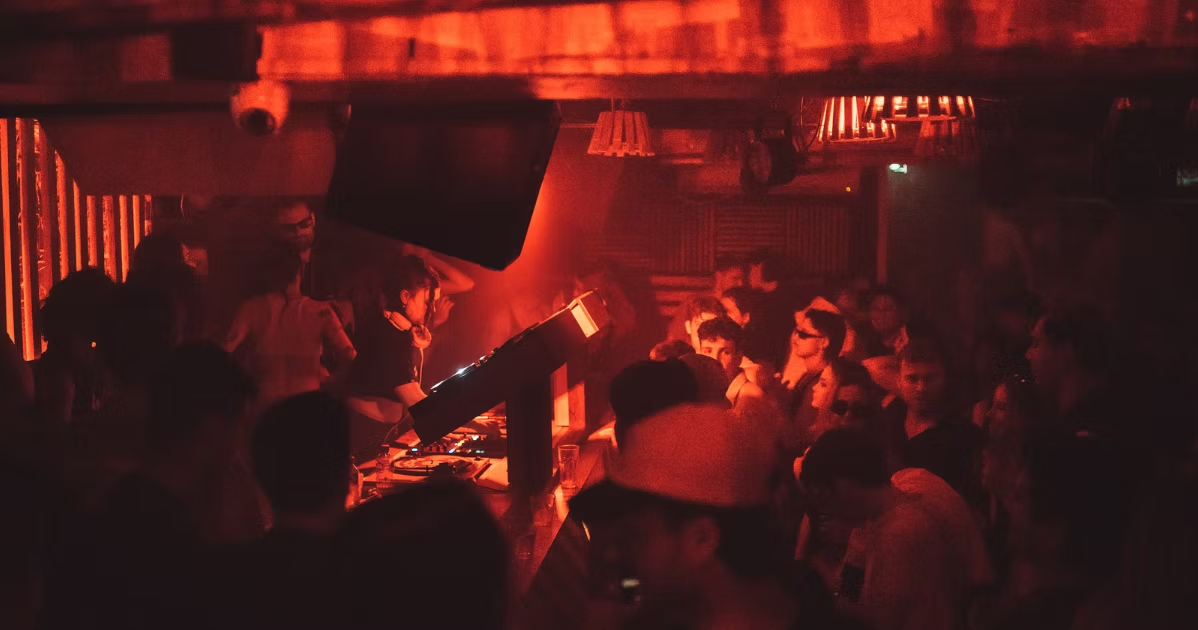
Dave Stuart:
I've known Dane [Gorrel], the owner of 77, since way back when he was running the Abercombie and had DJed and run parties there many a time. We were talking to him a lot after the Abercrombie closed and were looking for a new project. When he told us that he was taking on 77, we jumped at the chance as the venue really suited us [for Something Else].
For me, it’s the perfect size space. It’s a small room, so has a vibe no matter the night , and allows promoters and DJs to take a few more risks. I love everything about the venue, from the dark little corners, the extremely cool interior, the well beaten-up couches, the glorious sound system and even the usually broken air con, which makes for a rather intimate sweaty vibe. I even like the infamous dodgy toilets. Its vibe is the closest to a Berlin club that we're likely to get in Sydney.
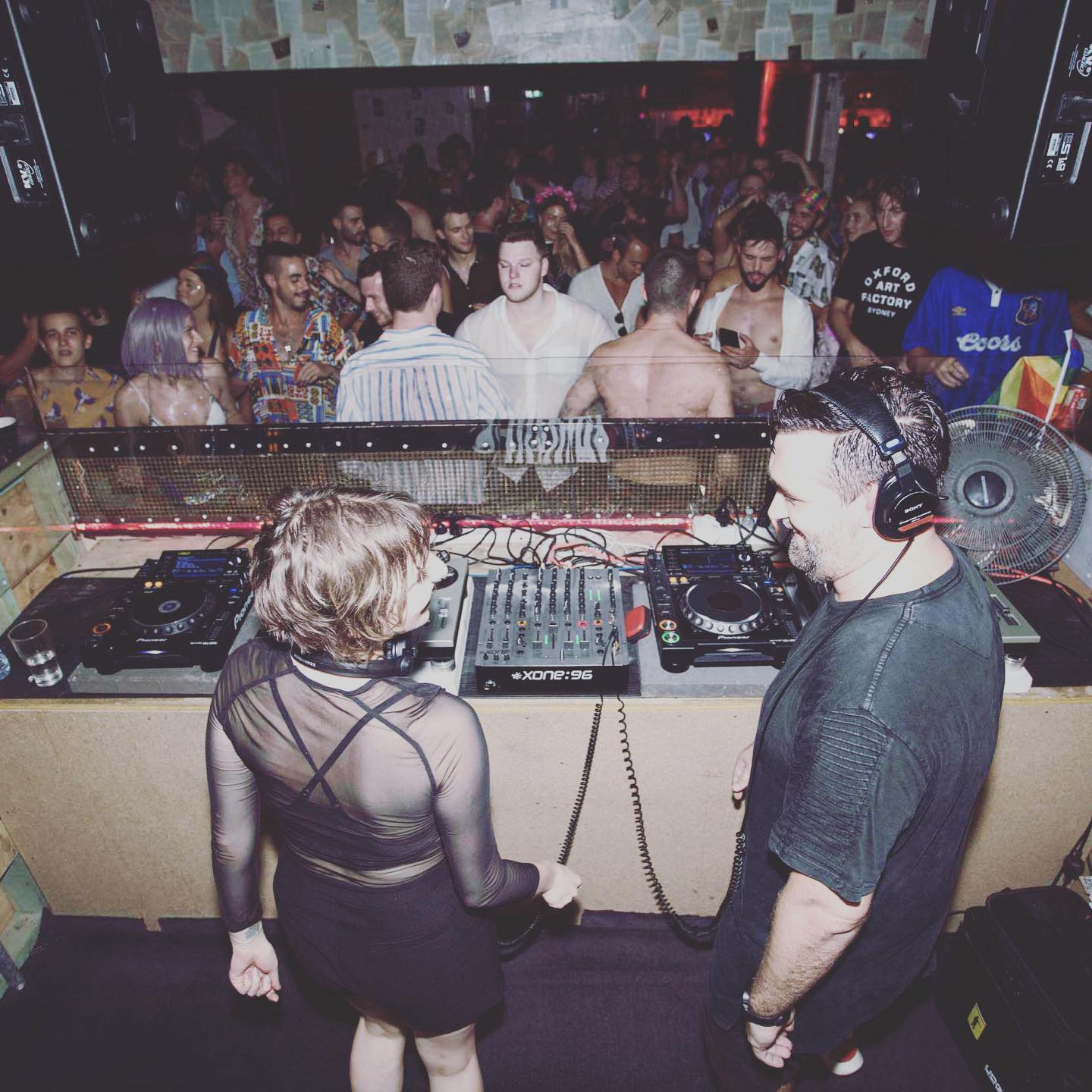
Kato:
After Bandits, I started doing more stuff at Goodgod. But when Pavlovabar started, I was going to 77 every single week. There’s a lot of hospitality people clocking off work who like to party, and then there’s the LGBTQI+ crowd. Peter [Shopovski] books amazing guests and lesser-known but still amazing Australian artists like George Hysteric and young Sydney DJs who get a chance at playing all night. Big music fans would come out because they can’t miss a night and had to take Monday off work. A bunch of my friends were like, this is really ruining my work.
Dave Stuart:
There's been so many parties [at 77] where it’s been a sweaty glorious mess all night until that jolting moment when the dreaded light gets clicked on. If I had to pick some standouts, it would have to the joint Mardi Gras party we put on with the lovely folk from Fur Coat Club, or the jam-packed party with Eelke Kleijn, or that time when I selfishly booked myself to play all night and surprisingly people actually turned up - or any of the many, many nights with some of our best local DJs playing.
Kato:
Most club spaces feel like an event space with a stage and decks thrown in, but 77 is different. For one, it’s still going! Even if it’s a really cool crowd in there, you never feel like it’s too cool for you.
There’s a lot of zones of space in it. Some people come and hang around the bar all night, or in one of the two front corners, or right in the centre of the dancefloor, or smoking out the front. It’s weird but welcoming to a lot of people. I don’t know if you could walk in there and feel unwelcome.
To Be Continued...
.png)
Listen to Phil Smart on SoundCloud

.webp)
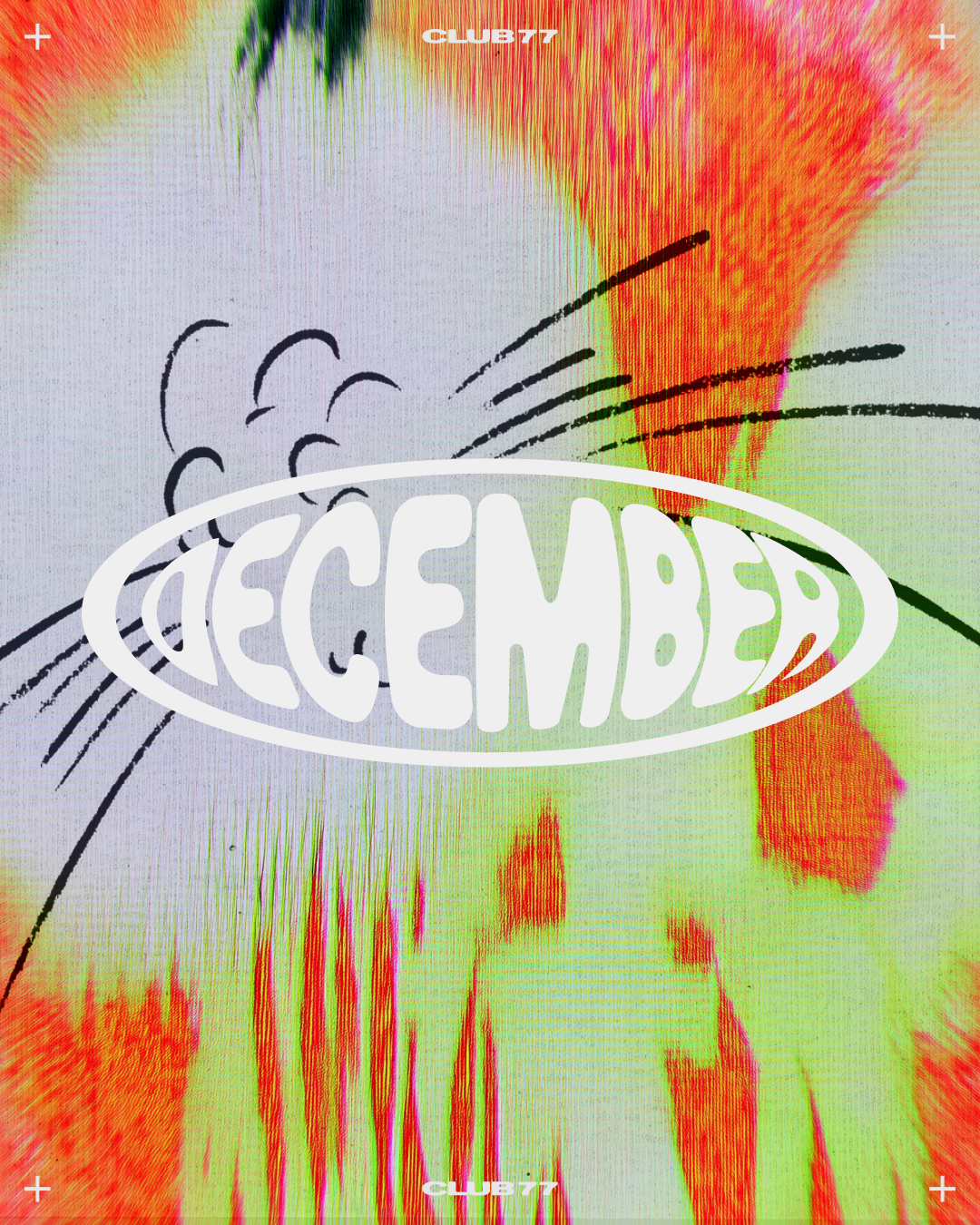





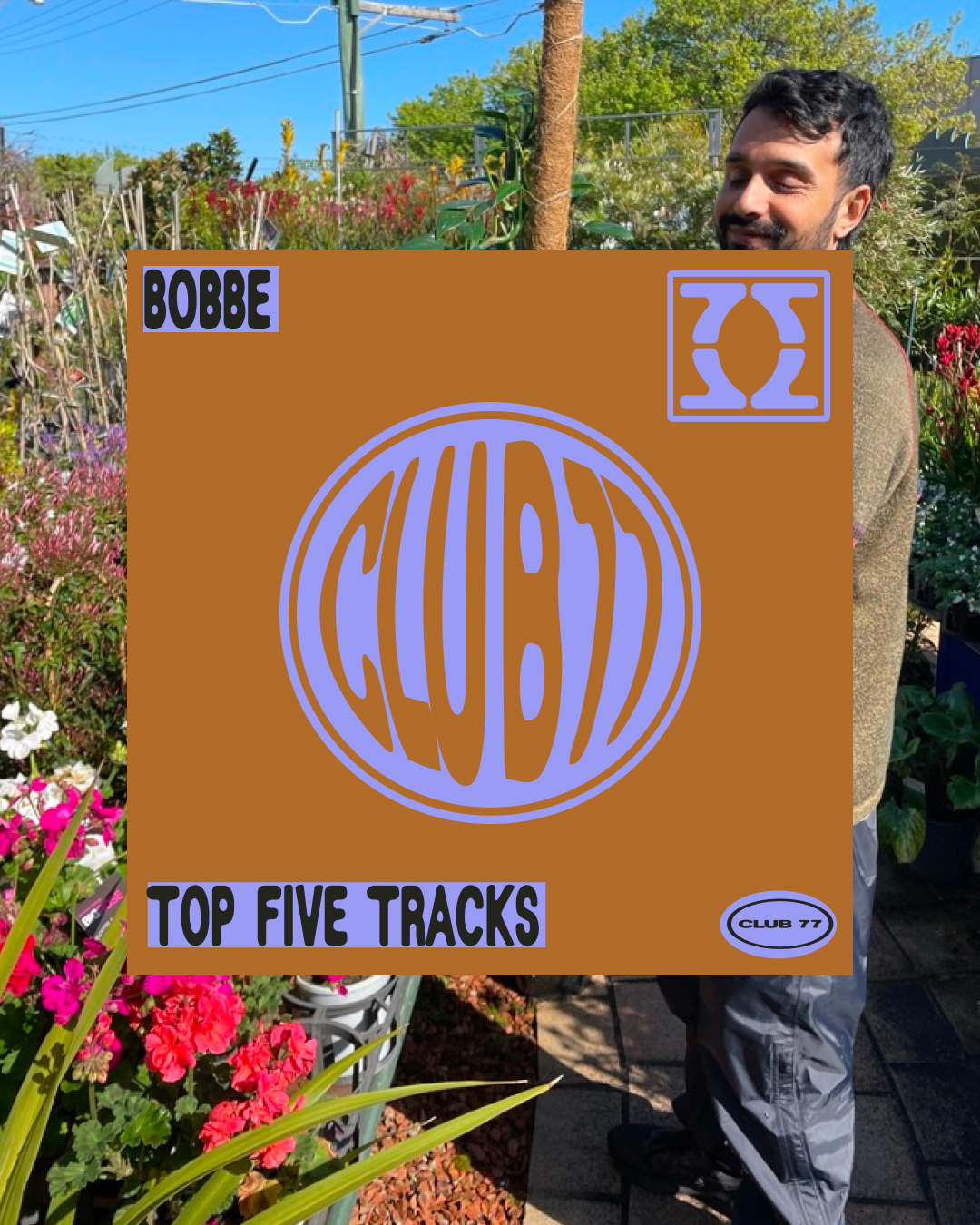

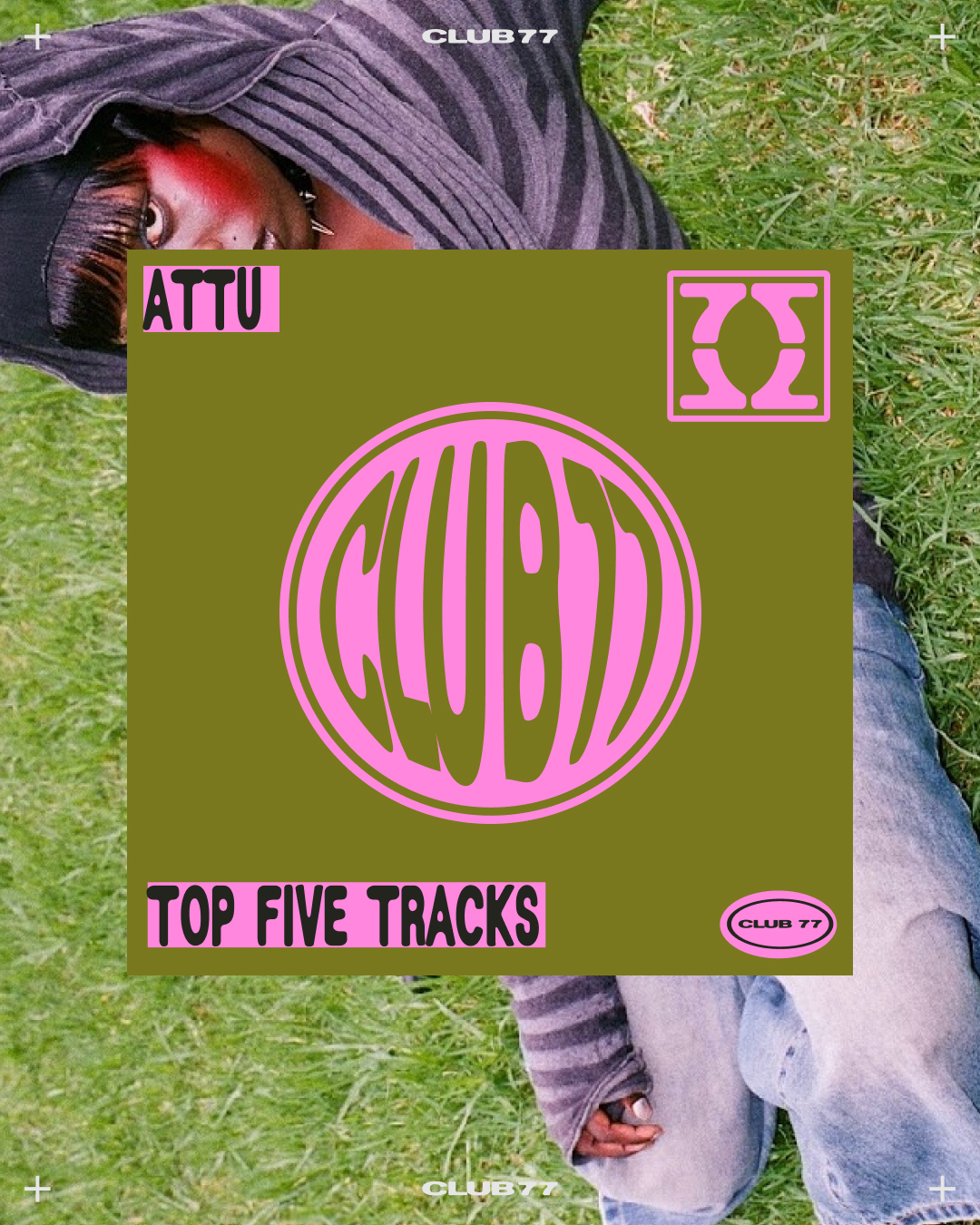

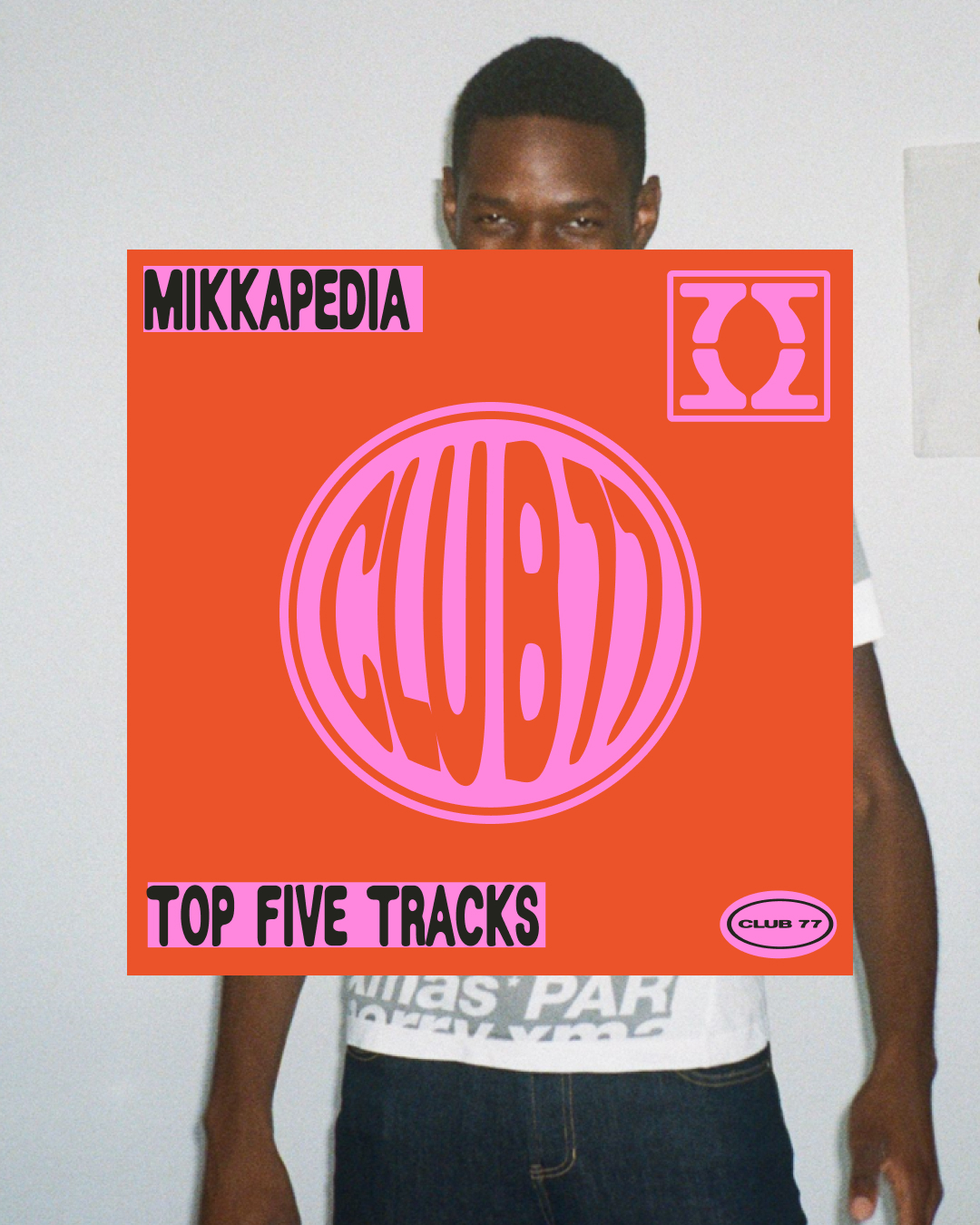
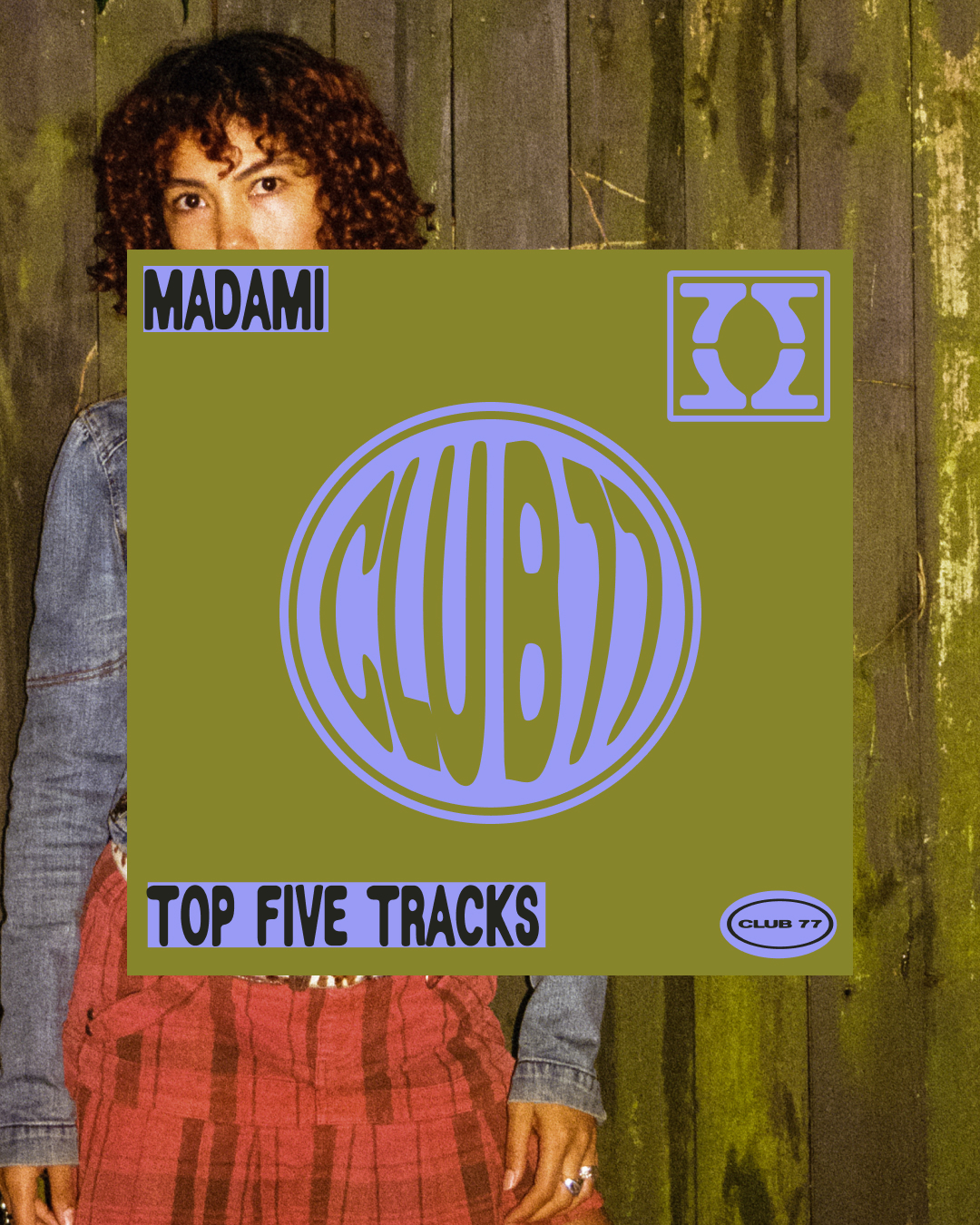





.jpg)


.png)

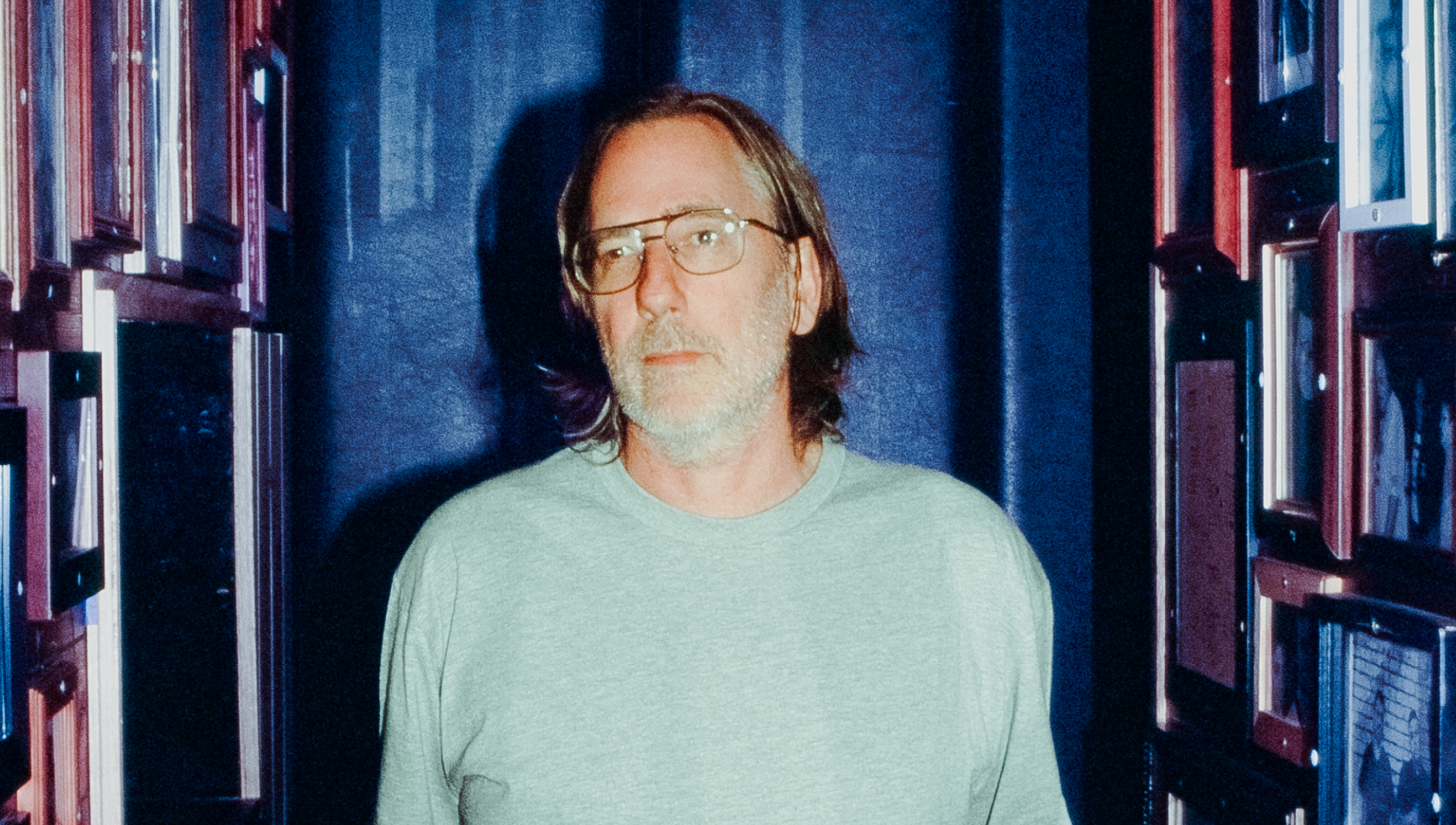
.jpg)

.png)
.jpg)

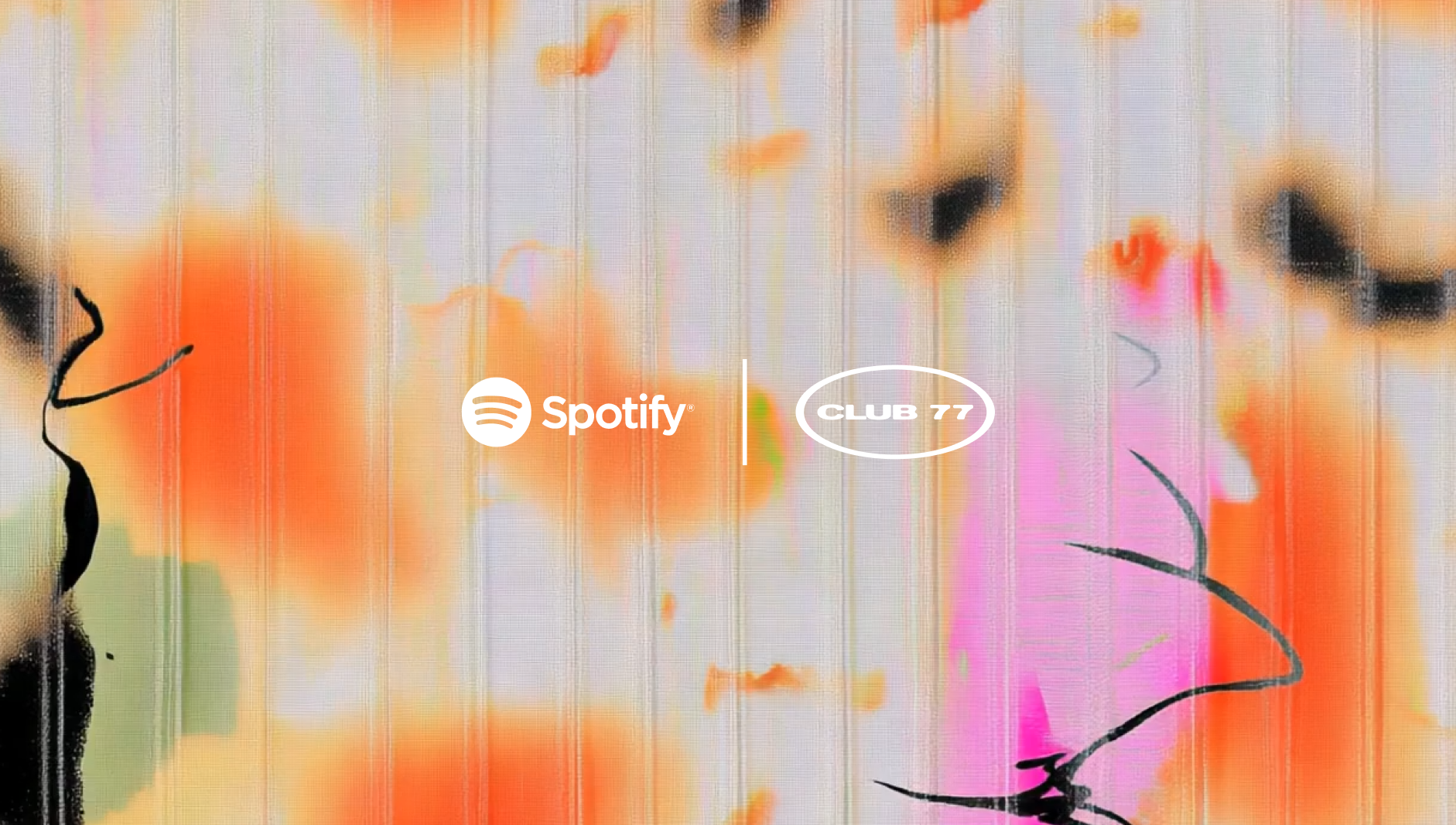
.jpg)





.png)
.jpg)



















.webp)
.png)




.webp)
.webp)
.webp)

.webp)







